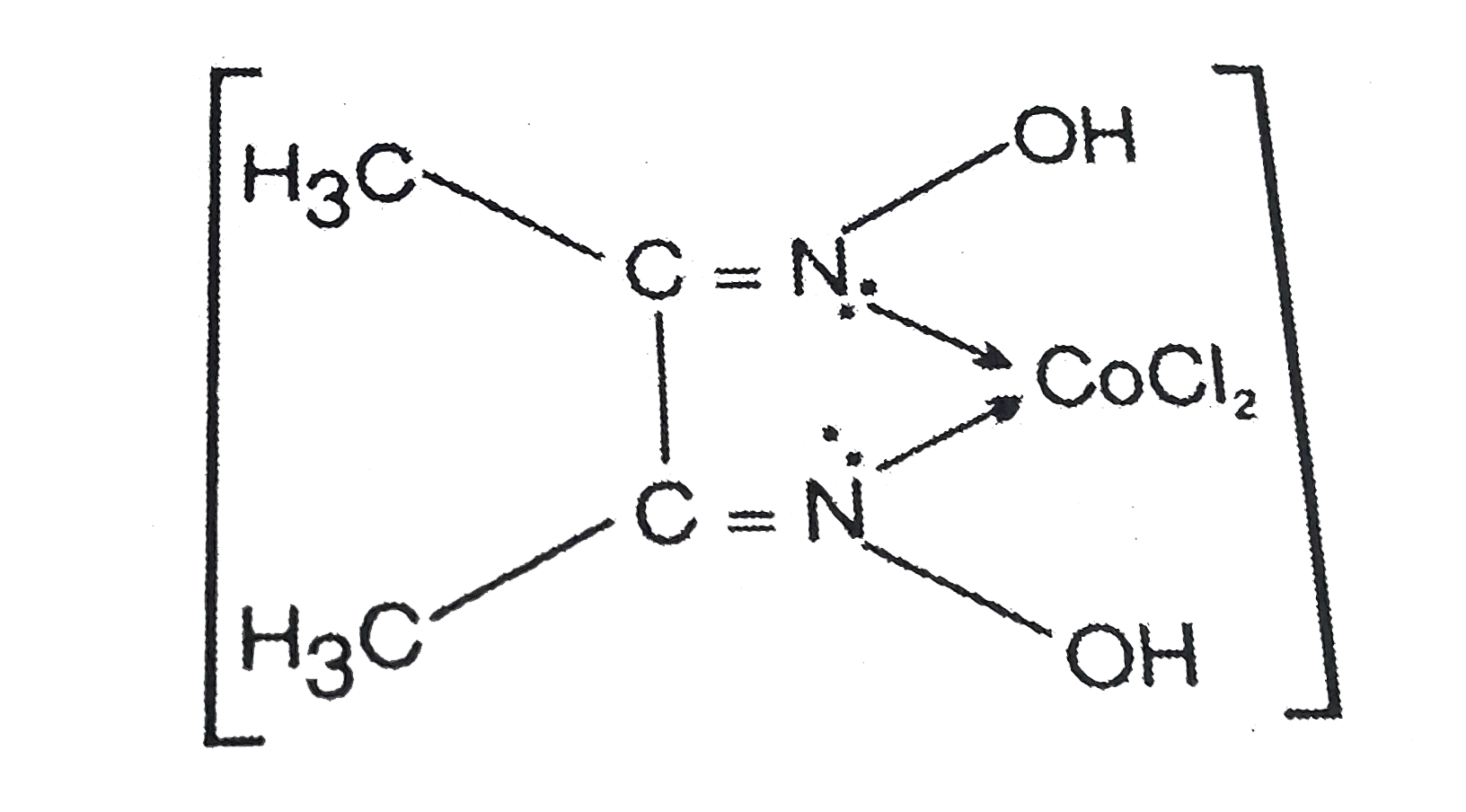[CoF6]3− is a coordination complex ion.
Give the I.U.P.A.C. name of the complex.
To determine the IUPAC name of the coordination complex ion (CoF6)3−, we can follow these steps:
Step 1: Determine the oxidation state of the central metal atom (Cobalt)
The complex ion (CoF6)3− has a total charge of -3. Each fluorine atom (F) has an oxidation state of -1. Since there are 6 fluorine atoms, their total contribution to the charge is:
6×(−1)=−6
Let the oxidation state of cobalt (Co) be x. Therefore, we can set up the equation:
x+(−6)=−3
Solving for x:
x−6=−3⟹x=+3
So, the oxidation state of cobalt in this complex is +3.
Step 2: Identify the ligands and their names
The ligand in this complex is fluorine (F). Since it is a negatively charged ligand, in naming, we use the prefix "fluoro" for the ligand. Since there are 6 fluorine atoms, we use the prefix "hexa".
Step 3: Name the central metal atom
When naming the central metal atom in a coordination complex, if the metal is in a positive oxidation state, we retain the name of the metal but change it to end with "-ate" for anionic complexes. Since cobalt is in the +3 oxidation state, we will refer to it as "cobaltate".
Step 4: Combine the names
Now we combine the names of the ligands and the central metal atom. The ligand name comes first followed by the name of the metal with its oxidation state in Roman numerals:
- Ligand: Hexafluoro
- Metal: Cobaltate (with oxidation state +3)
Thus, the complete IUPAC name for the complex (CoF6)3− is:
Hexafluorocobaltate(III)
Final Answer:
Hexafluorocobaltate(III)
---
The complex ion (CoF6)3− has a total charge of -3. Each fluorine atom (F) has an oxidation state of -1. Since there are 6 fluorine atoms, their total contribution to the charge is:
6×(−1)=−6
Let the oxidation state of cobalt (Co) be x. Therefore, we can set up the equation:
x+(−6)=−3
Solving for x:
x−6=−3⟹x=+3
So, the oxidation state of cobalt in this complex is +3.
The ligand in this complex is fluorine (F). Since it is a negatively charged ligand, in naming, we use the prefix "fluoro" for the ligand. Since there are 6 fluorine atoms, we use the prefix "hexa".
When naming the central metal atom in a coordination complex, if the metal is in a positive oxidation state, we retain the name of the metal but change it to end with "-ate" for anionic complexes. Since cobalt is in the +3 oxidation state, we will refer to it as "cobaltate".
Now we combine the names of the ligands and the central metal atom. The ligand name comes first followed by the name of the metal with its oxidation state in Roman numerals:
- Ligand: Hexafluoro
- Metal: Cobaltate (with oxidation state +3)
Hexafluorocobaltate(III)
Hexafluorocobaltate(III)
Topper's Solved these Questions
- BOOK - ICSECHAPTER - SAMPLE PAPER 2012EXERCISE - PART-II (SECTION-C)21videos
SAMPLE PAPER 2012
- BOOK - ICSECHAPTER - SAMPLE PAPER 2012EXERCISE - PART-II (SECTION-A)19videos
SAMPLE PAPER 2012
- BOOK - ICSECHAPTER - SAMPLE PAPER 2011EXERCISE - PART-II(SECTION-B)36videos
SAMPLE PAPER 2011
- BOOK - ICSECHAPTER - SAMPLE PAPER 2013EXERCISE - PART-II (SECTION-C)17videos
SAMPLE PAPER 2013
Similar Questions
The I.U.P.A.C name of
 isView Solution
isView Solution[Fe(CN)6]4− is a coordination complex ion.
Write the IUPAC name of the complex ion.View Solution[CoF6]3− is a coordination complex ion.
State the magnetic behaviour of the complex.View Solution[CoF6]3− is a coordination complex ion.
State the magnetic behaviour of the complex.View SolutionGive the I.U.P.A.C. names of the following compounds:
 View Solution
View SolutionGive the I.U.P.A.C. names of the following compounds:
 View Solution
View SolutionGive the I.U.P.A.C. names of the following compounds:
 View Solution
View SolutionGive the I.U.P.A.C. names of the following compounds:
 View Solution
View SolutionGive the I.U.P.A.C. names of the following compounds:
 View Solution
View SolutionThe correct IUPAC name of the complex is :
 View Solution
View Solution

